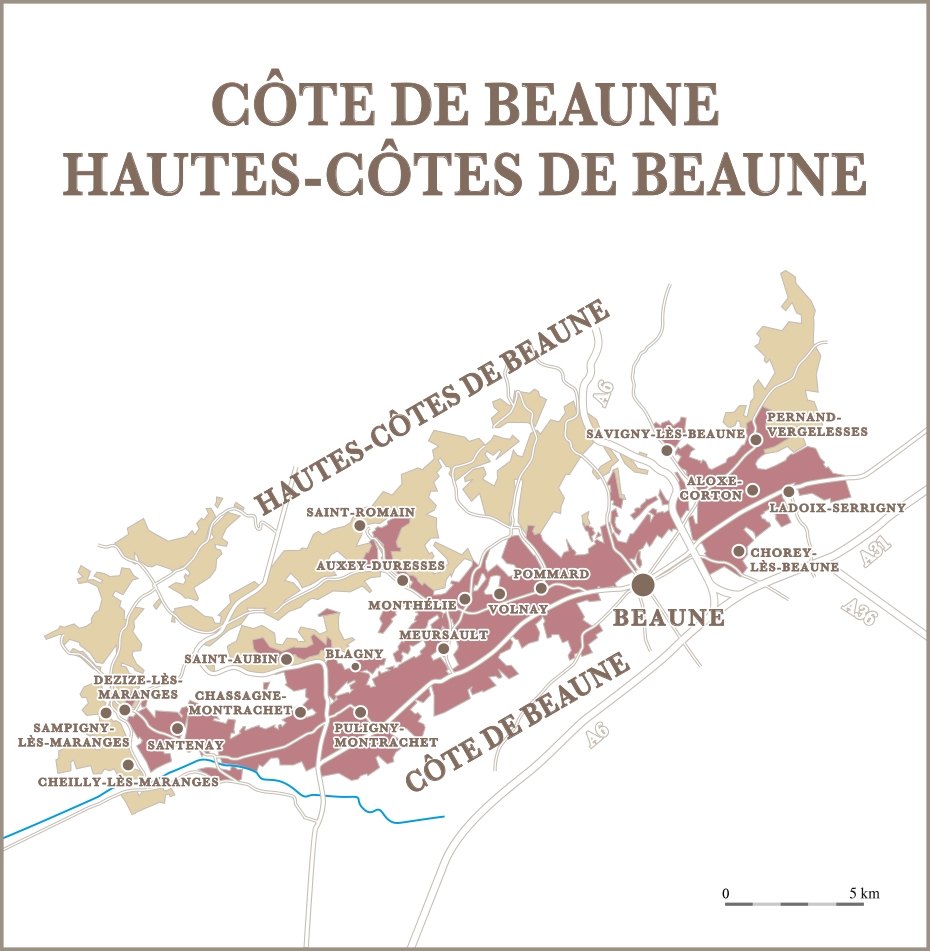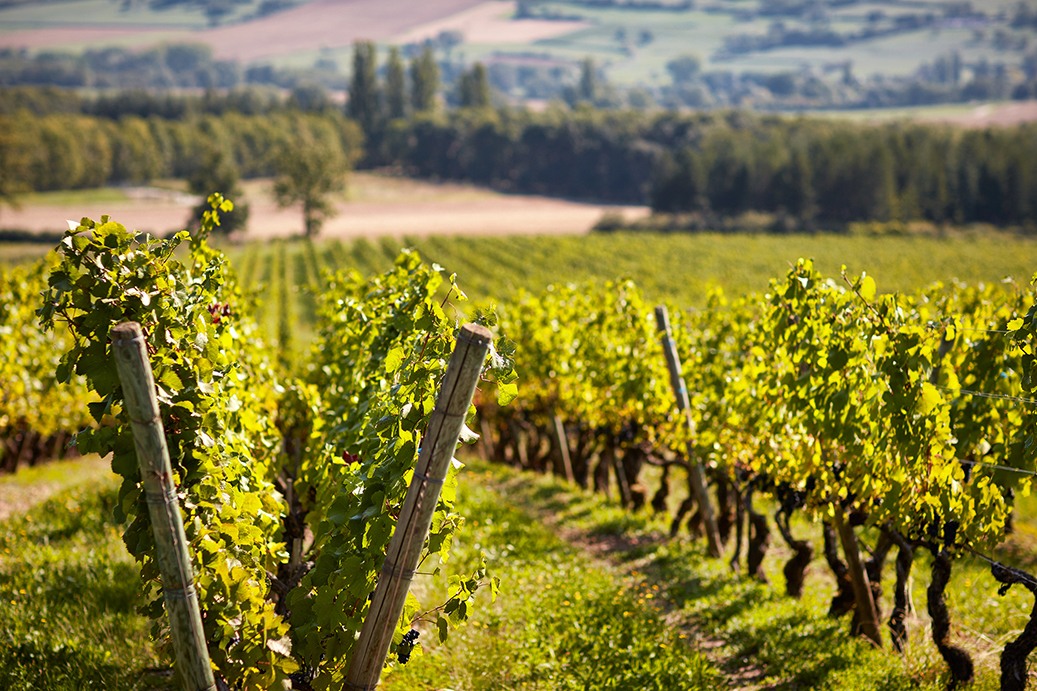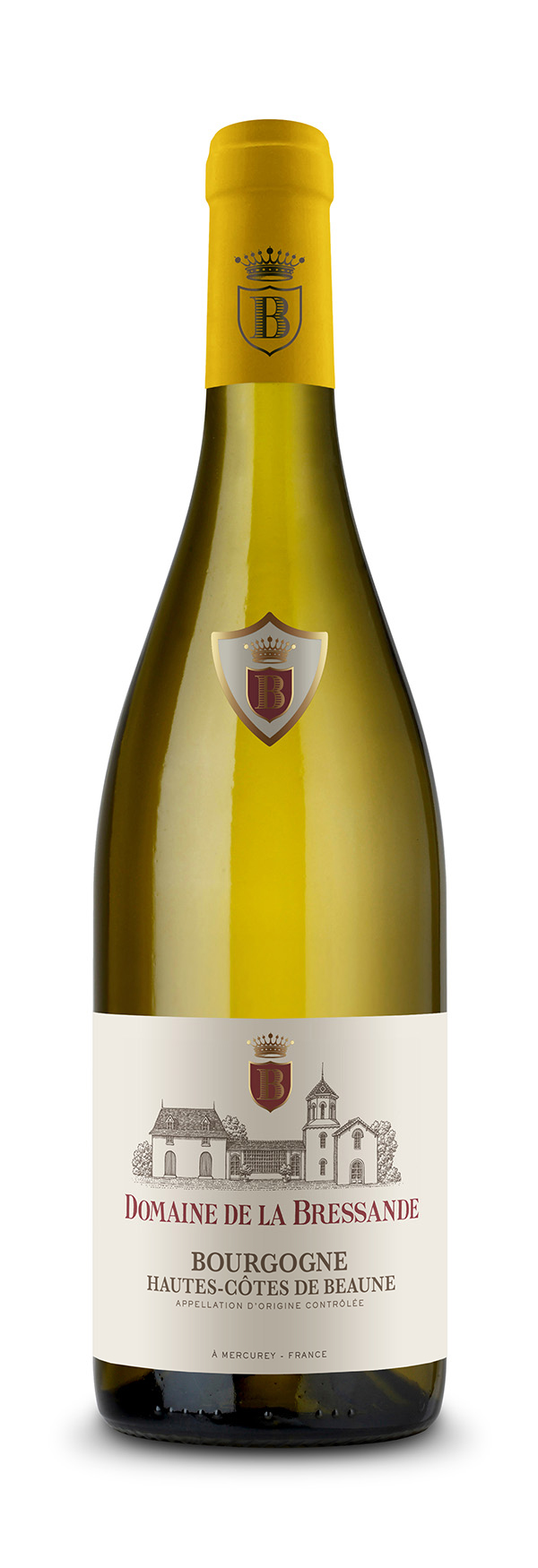BOURGOGNE
HAUTES-CÔTES DE BEAUNE 2024
Discover the various vintages
2024Grape Variety
100% Chardonnay.
Tasting notes
Colour: Attractive golden colour.
Bouquet: Elegant nose of white fruit (peach, pear) and white flowers (lime blossom) with lovely vanilla notes.
Palate: A floral attack on the palate, accompanied by aromas of white-fleshed fruit, almond flavours and a fine woodiness. This is an elegant, mineral and delicious wine, carried by a fine liveliness.
Food and wine pairing
This wine is perfect with a fine plate of charcuterie, a savoury tart or cheese pie, a Niçoise salad, white meat or fish, tartar or marinated. Not forgetting goat's cheese.
Serving suggestions
Ideally served at a temperature of between 13 and 14°C. (55-57°F.).
Ageing potential
It will keep for up to 5 years in the cellar in good conditions.
Origin
Situated to the west of and parallel to the Côte de Beaune, the Hautes-Côtes de Beaune are higher hills, interspersed with faults, giving great variety to the crops and landscapes. What makes the Hautes-Côtes so special is the original way in which the vines are grown: high, wide vines that are less susceptible to frost than low vines.
The appellation covers 22 communes in Côte-d'Or and 7 communes in Saône-et-Loire. It covers an area of 943 hectares, with 720 hectares of red and rosé wines and 223 hectares of white wines.
Terroir
- Clay-limestone soils with some marl formations and hillsides covered with limestone scree.
- South-east facing.
- Steep slopes.
- Altitude between 290 and 485 metres.
Vinification and maturing
Hand-picked, sorted in the vineyard and then in the cellar, the Chardonnay grapes are pneumatically pressed, followed by 24 hours of cold settling.
The wine is vinified in vats before being racked and matured in oak barrels (20% of which are new) on fine lees, without stirring, for 10 months before being blended in vats for 2 months.
Vintage : 2024
The year 2024 in Burgundy was marked by extreme weather conditions, with excessive rainfall and a significant lack of sunshine. These factors led to heavy disease pressure, particularly downy mildew, complicating the work of the winegrowers. Frost and hail also caused significant damage, particularly in regions such as Chablis and Auxerrois.
Yields were severely affected, with drops of up to 70% in some areas. The Côte Chalonnaise held up better, with more limited losses. Overall, volumes are well below the usual average, a reminder of the difficult harvests in 2021.
The late harvest necessitated rigorous sorting to preserve quality. Despite the challenges, the grapes harvested reached good ripeness thanks to a sunny spell in September. The reds stand out for their richness and concentration, comparable to great vintages such as 2010. The elegant whites are reminiscent of 2022.
Initial tastings reveal promising wines, with concentrated aromas and a fine structure. Although limited in quantity, this vintage promises to be a qualitative success.
Awards
Chardonnay du Monde 2025 - Silver Medal - March 2025


